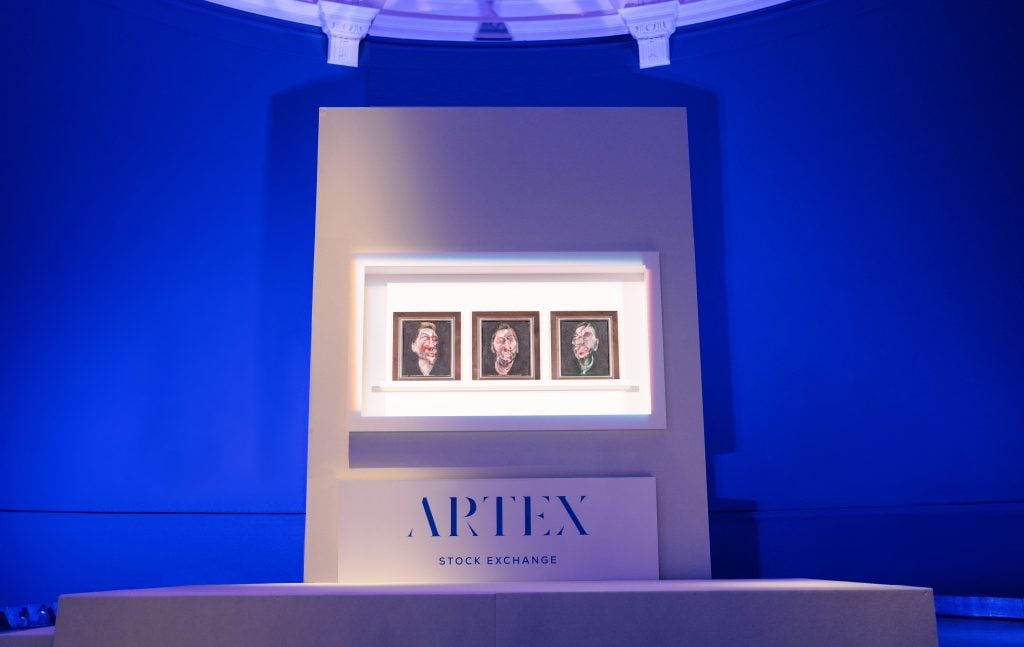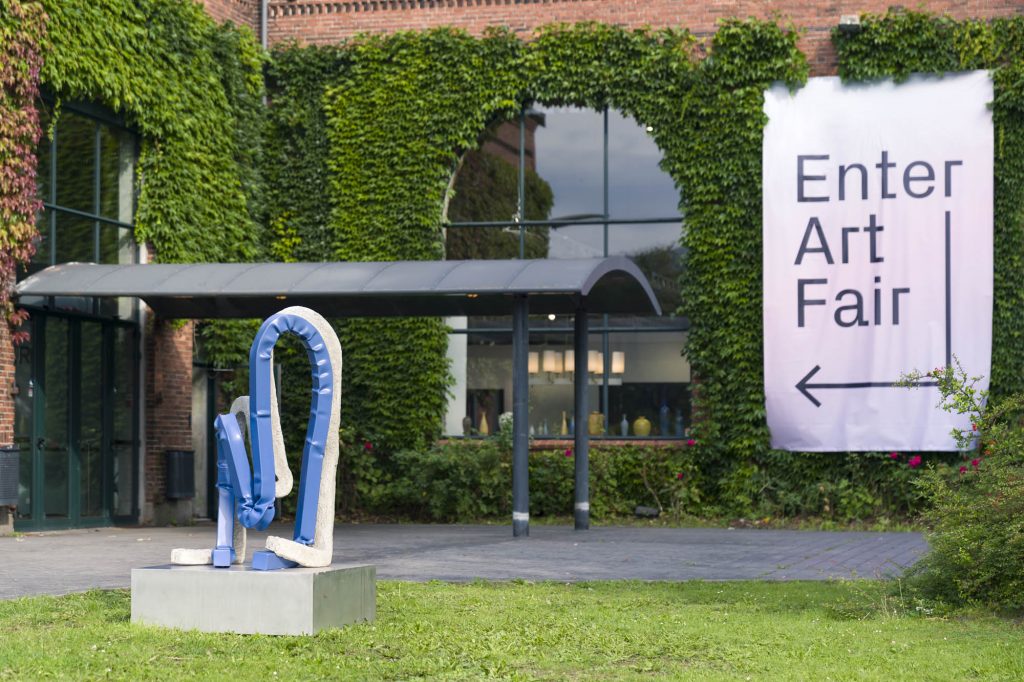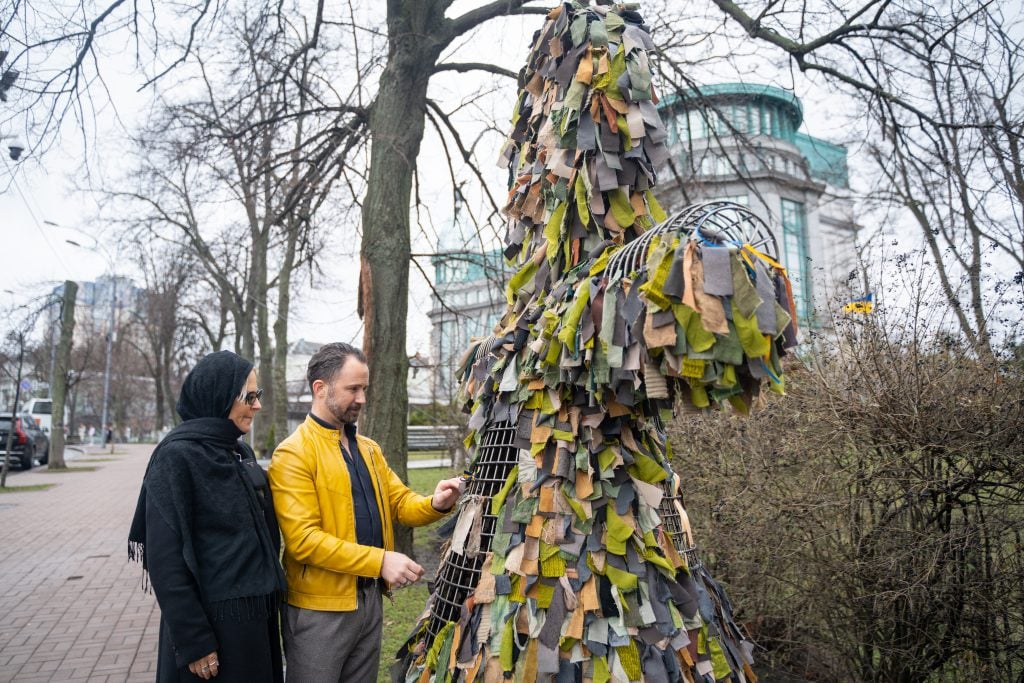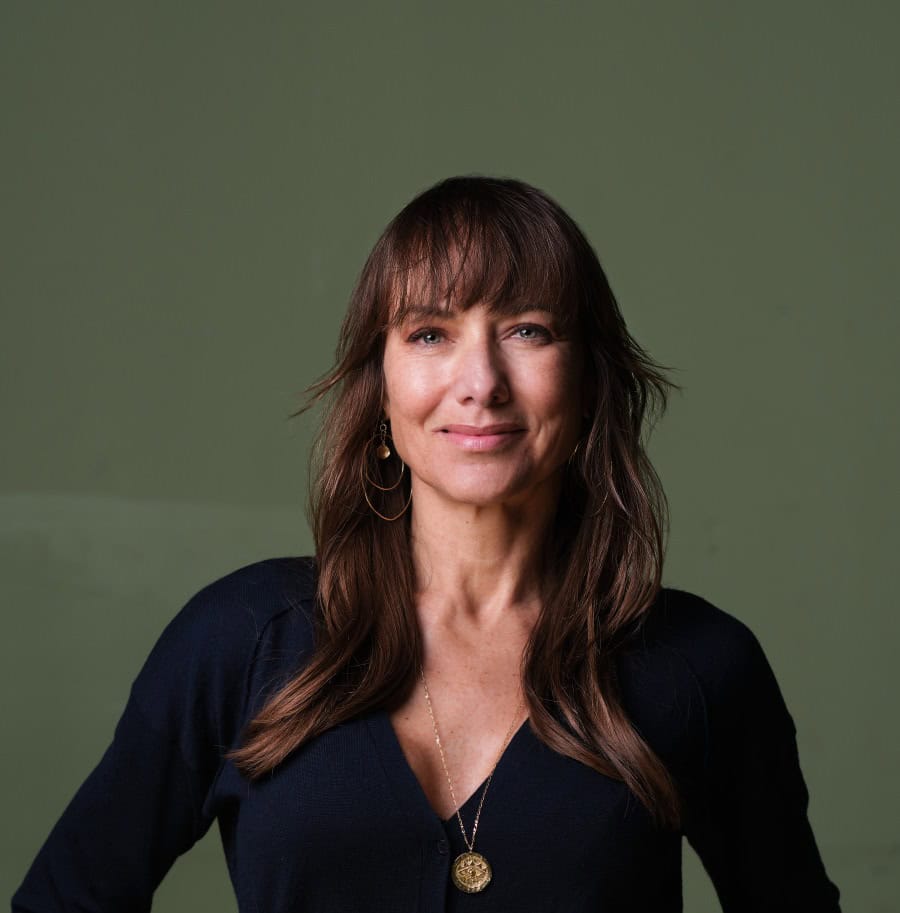It is the artist’s voice that offers the primary insight into their work. Two artists in conversation are even better. In a series of interviews, artist and curator Steven Cox enters into a dialogue with both internationally emerging and established artists, shedding light on their practices by asking in-depth questions about their path in the art world. Here, Steven gives Guy Yanai the floor.
The interview was initially conducted and published by Steven Cox on Hunted Projects, an independant curatorial and interview platform managed by Steven Cox.
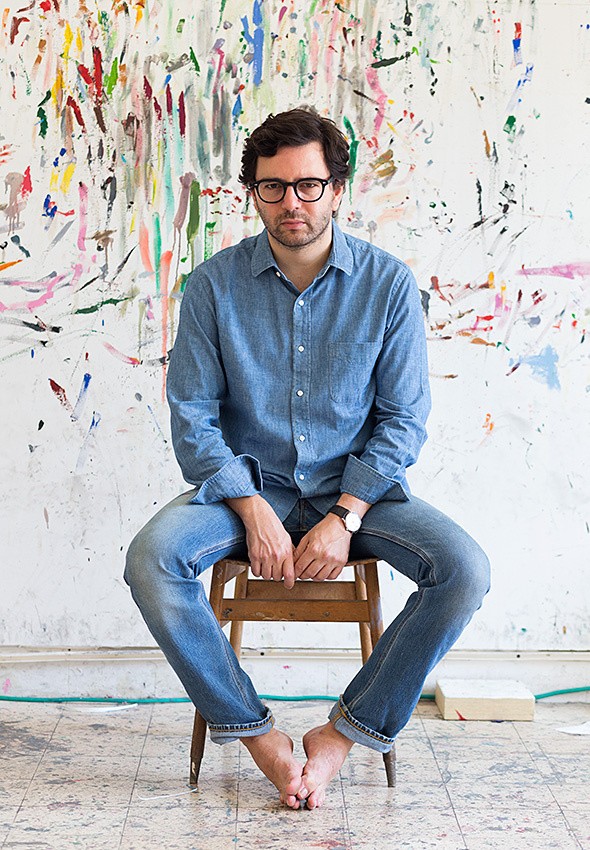
About the artist: Guy Yanai
Steven Cox: Can you tell me a little about yourself, your background, when you first started working full-time as an artist?
Guy Yanai: Hi, Im born in Haifa. Then moved to the states in 1984, outside of Boston. I was always into art. It took many years before all I did was this.
SC: Can you tell me about your current studio and working routine? Do you have any morning rituals or habits that contribute towards a productive day within the studio?
GY: I moved to a ground floor studio about a year and a half ago. I fully redid the space, put in good lighting, a kitchen, strong AC units, everything I could. Before that I was in the same building but on the third floor with no elevator (big shipping traumas), no bathroom, no sink, and no kitchen, so it’s very nice to have the studio I have now. I walk to the studio, usually get coffee on the way, maybe granola. I make good coffee now in the studio as well. The thing that really contributes to good productive days is just to really have a studio practice. The more I’m there the better every day gets.
SC: Would you say that your current studio is perfect, or are always seeking a newer or bigger space?
GY: Can always be bigger. Can always be better.

SC: To what extent do you consider Tel Aviv as being an influential factor in the shaping of your work? Do you feel that your surroundings have influenced you in one way or another?
GY: Not sure that’s for me to articulate. They have in some sort but not one that I can specifically say. I mean I work in the absolute worst neighborhood of the city, so it’s more of cognitive surroundings.
SC:What projects/works are currently in progress in your studio? What future exhibitions/projects do you have scheduled?
GY: Right now everything in the studio is geared towards the exhibition in NYC at Ameringer McEnery Yohe. It’s a big space and I’ve been thinking about this show for a while. Right after that I’m working on a show for LA at Praz Delavallade.
SC: I am interested to know how you plan your works. Do you begin with preparatory sketches of some form, or do you prefer to work in an improvised manner?
GY: Both and neither. It’s a strange alchemy.

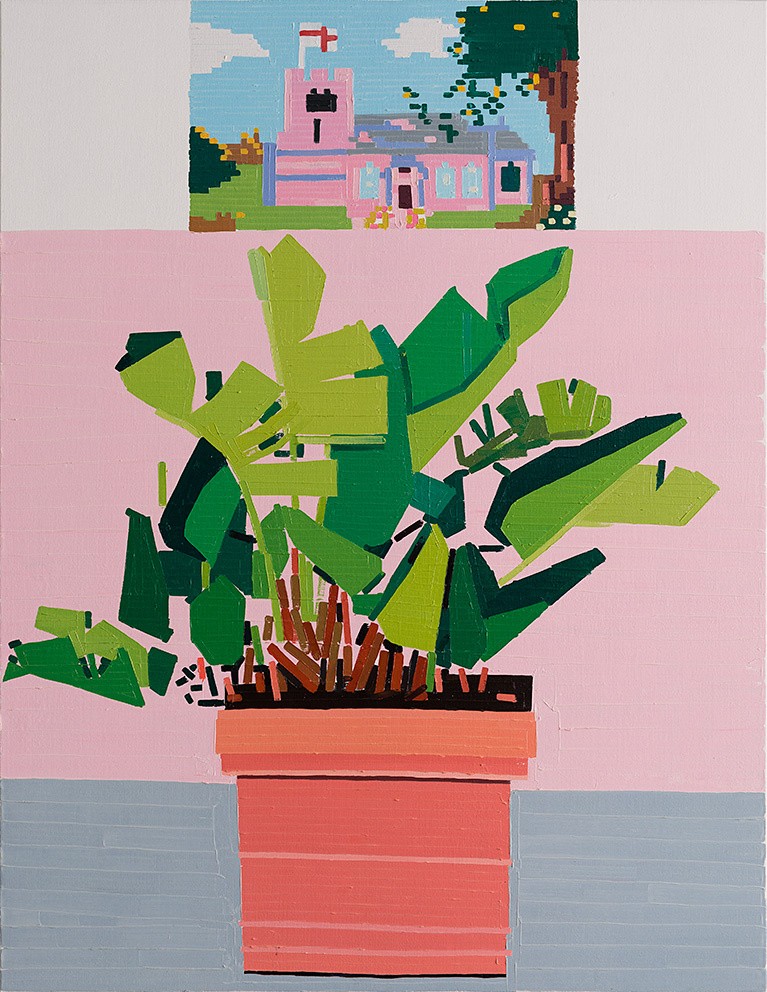
SC: I believe you have assistants also working for you? What are their duties within the studio and how do you handle delegating who paints which part of each painting?
GY: Only I paint, period. Not that I have a real position on artists who have work painted for them. But for me, the way I work and the kind of painting I’m doing, only I can paint in the studio. I have a studio manager and an assistant. Meital handles all of the emails and most of the correspondence, accounting and organization, and Daniel, builds, primes, stretches, packs, etc. They are both amazing people and I am so indebted to them; I’m probably not easy to be around.
SC: Upon initial interaction with your works, there appears to be a disconnected narrative-taking place. Though, this is not necessarily the case. Perhaps you can discuss how your paintings relate to you and each other? Perhaps you could put into context the paintings within your most recent exhibition Love of Beginnings, which took place at Galerie Derouillon, Paris?
GY: Yes, this year has been really intense with many serious exhibitions. In Paris, Amsterdam, next week NYC and near the end of the year in LA. My paintings are me. They tell the inexhaustible story of what it means for me to be alive today in 2017. The show in Paris at Galerie Derouillon was three paintings; one of my kitchen, the other from a trip advisors user’s picture of a place where I vacationed with Aurore’s family, and the last one a transcription of a Matisse work. How do these three distinct works relate to each other?? Well they don’t! That’s the beauty for me. Making this incoherent mess somehow seem coherent. Each one of these paintings could have become a vehicle for a whole other show or project. With the upcoming show in NYC there are sources from google street view, the NY Times, pictures friends sent me, churches in east Jerusalem. Everything around me really.

SC: A series of paintings that continues to evolve is your signature flowers/plants series. What is it about this subject that continues to interest you? What is it about painting flowers and plants that continues to intrigue and surprise you?
GY: It’s really one of the stupid things one can paint right? But they have no father and mother. Plants have no family. And more interested in domesticated potted plants. It’s very hard to paint trees. I think Fra Angelico and Piero della Francesca painted the best trees ever; totally synthetic! Honestly, I don’t really know what drives it, but it’s like I have to paint them. A few years ago I wanted to stop, then somehow I started back again. It’s endless, also inexhaustible, so many variations and iterations are possible. I’ll probably never stop.
SC: Your painting technique is very much the signature of your painting style, with the linear bands of paint being very recognizable. Can you discuss when you first started to paint in this style? Do you feel trapped by having to continue to paint in this way in order to retain your signature style of painting?
GY: Honestly, it just arrived slowly by working. The mark in painting is really important for me. So why not make every approach with linen have significant meaning? Not only do I not feel trapped, it’s liberating and allows me to make anything I want mine. Lately there have been a lot more vertical marks, so we will see where that goes. But really, the way I work is very simple, a brush, oil paint, linen.
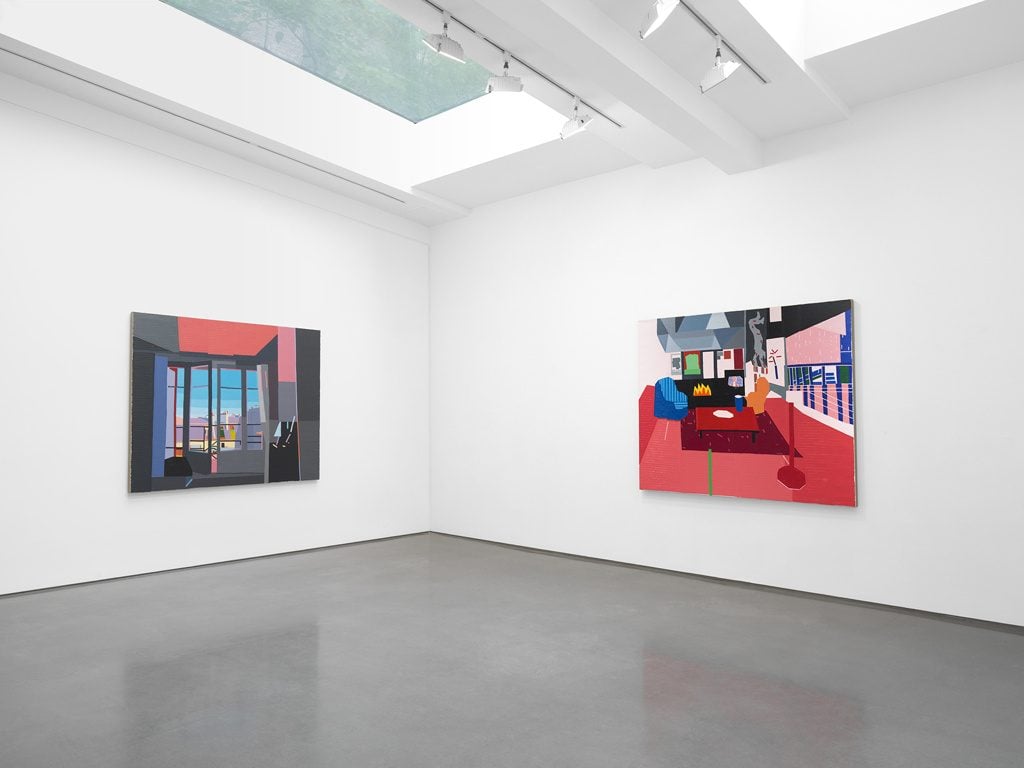
SC: You were recently included within the exhibition Post Analog Painting II, an exhibition that revolved around the concept that all works included are digitally influenced. As generalised as this concept is, to what extent do you consider your own work as being digitally minded? Do you feel that digital technologies have informed your painting process/methods?
GY: That’s a great question. But I always go back to that amazing David Foster Wallace commencement speech. I’m a fish in the water. I don’t know anything about the water. Really, I’m just looking around me and painting what I see, what I feel, what I observe, what I don’t see etc. I really respect Kathy from The Hole and was honored to be in that show.
As far as digital technologies, I love everything, iphones, computers, Instagram, but I also love books, paper, linen, smells, and sauces. There is no contradiction here. There is no battle. Both will always exist.
SC: Opening on the 6 July is your exhibition Speak, America, at Ameringer McEnery Yohe, Can you discuss how this series of exhibitions will cohesively relate to one another? What will be the conceptual thread connecting each work throughout the exhibition? What should the viewer expect?
GY: The show at Ameringer McEnery Yohe is really a continuation of my last two shows in Paris and Amsterdam, just on a much bigger scale. This show is three sizes, mainly larger paintings. The thread weaving this show is an unwritten book that Vladimir Nabokov intended to write but never did. Speak, America. The show is based on three “pillars” experience, memory and language. Each one of these being central to my practice. Going through different languages (just as Nabokov did) different experience in different places, and in ways “possessing the past “. I’m really ex cited and I’m really scared for this show. It’s all shipped and I haven’t been around the works for a few weeks and am a bit terrified to see them again. I don’t like to say this, but I worked really hard on this show.
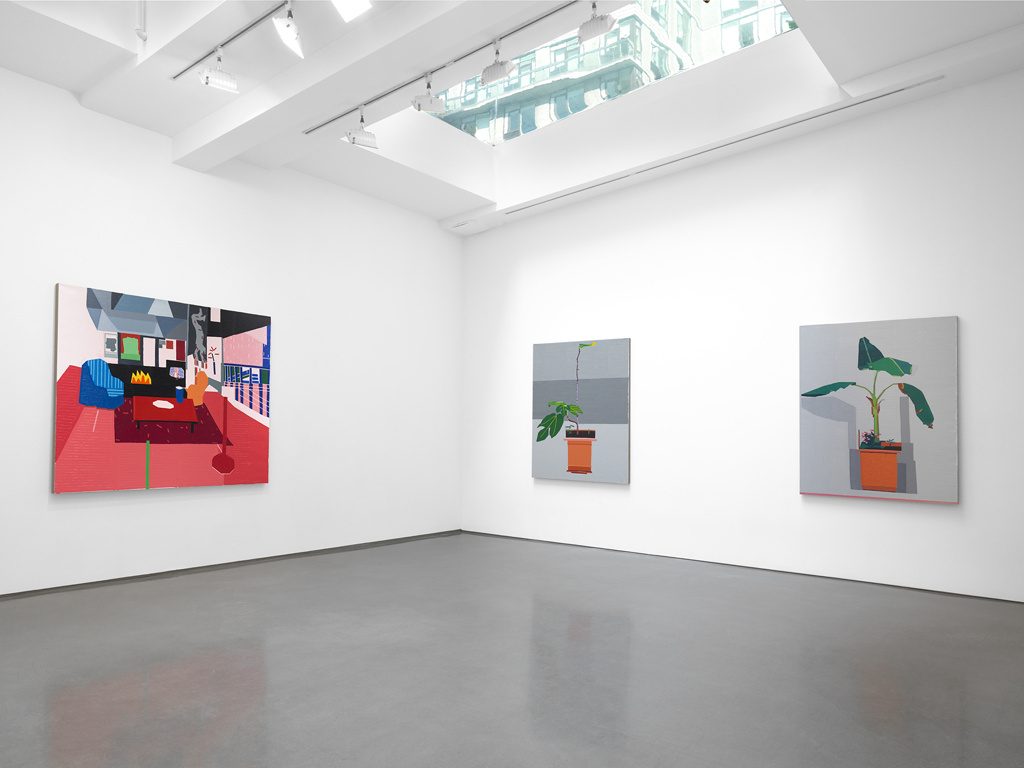
SC: As well as painting, you manage a publishing house, alongside your partner Aurore Chauve, called Yundler Brondino Verlag. Through this, you both manage projects, publish artist prints and beautiful artists publications. Can you tell me more about this, and how this will continue to evolve throughout 2017?
GY: This is something that Aurore and I do to give back to our community. It’s completely funded by us. We produce the books, editions and other things completely. It feels very holistic and it’s a way for us to work together. Aurore designs all of the projects and it’s incredible to see that happen. We are thinking of doing a few text-based books this year and one very large book! Maybe an “object” and a few more editions. It’s our passion project.
SC: I am also curious about the documentation of an artworks creation. Within my own studio I regularly take images of paintings in progress so I can note specific points in a works creation. How regularly do you document the progression of your paintings?
GY: I snap tons of iPhone pics. I like it, mainly for me to look at when I leave the studio. I do have one photographer who has been shooting all my work for over six years now. Almost every single work he’s photographed. It is important that the studio has images of all the works that leave the studio. In the past we have done studio shots, but much much less now. Because of the pace of this year, Elad, the photographer, is in the studio every two weeks or so.

SC: I am interested in the notion of preciousness and at what stage a painting or work becomes discarded in the studio. Do you have a tendency to destroy failed paintings/works? Or, do you aim to be as efficient as possible when planning a work so to avoid destroying anything?
GY: If a work is to be destroyed I cut the linen with a blade, so there can be no going back. I have a deep respect for material and for the support that we prepare, so I don’t like to destroy, but if it’s not working or if there is a fundamental problem then I will destroy and move on.
SC: Focusing on the titling of your works, how do you choose your titles? For you, what is the role of an artworks title? Also, do you feel that titles can alter a works interpretation?
GY: Ha! This is a really hard question. Finding the name that the painting has to be! I have no system, it just happens. Titles help in directing the viewer to a cognitive place that you can choose. I like giving titles to works. When I was young I was really into the “Untitled 377665 ” names and my dad would scream at me that its so stupid not to give works titles. Haha.
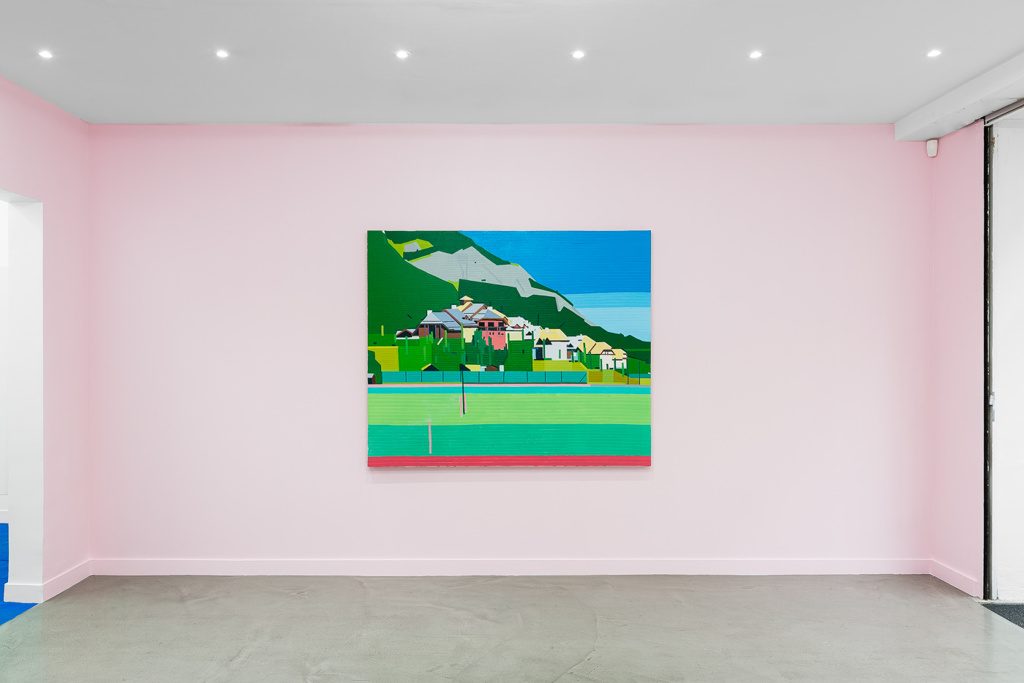
SC: What are some of the key art materials within your studio that you always need to have close to hand?
GY: I live in Tel Aviv, so most of my supplies I import in massive quantity. I get very stressed about running out of materials. Paint and brushes. I buy in very large amounts. Linen, I order about 300 sq meters per order. But really, just linseed oil, oil paint and linen. I draw as well. Also, power tools are so fun, I upgraded recently to a Makita drill, wow! It’s like switching from an old Fiat to a BMW.
SC: Have you considered exploring sculpture?
GY: I have done a few sculptural works. It’s a bit complex because of funding issues. Really, they act more like 3D paintings. It is something that interests me to continue.
SC: In relation to social media and more specifically Instagram, what are your thoughts on this as a platform to engage with new audiences? Do you have a love/hate relationship with Instagram or other online social media platforms?
GY: I have nothing against social media, I like it. Sometimes painting gets lonely. I guess it’s in waves, sometimes I use it more than others. I don’t hate it, that’s for sure.
SC: What do you feel are the pros and cons of Instagram, and do you consider Instagram important for artists working today?
GY: There is a great freedom, but sometimes freedom is a double-edged sword. If you’re starting out, it can be great.
SC: Can you tell me your views on painting today?
GY: Painting today is the best, yesterday painting was the best and tomorrow painting will be the best. Nothing can ever replace painting. Period.
SC: Any last points or thoughts you would like to share?
GY: Thanks for these thoughtful questions!
